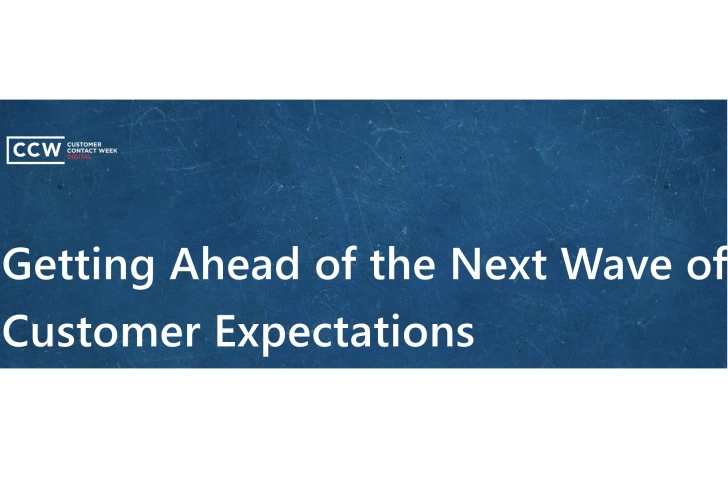3 New Ways To Think About Personalization in 2021
Add bookmark
Customers are now used to personalized communications. It no longer feels strange to have a brand send you a heartfelt birthday message or recommend you reconsider abandoning that sweater on your wishlist. Granted, as these efforts to personalize customer interactions become more standard, they feel less exclusive when bombarding your inbox.
The intent of personalization is to create an individualized experience, whether it be while shopping for some new shoes or returning said shoes, these interactions are supposed to offer unique service to every customer. And this kind of effort is meaningful to customers; according to Salesforce, 84% say that being treated like a person and not a number, is important when deciding what brands to work with.
In an attempt to make personalization efforts more efficient, with its ability to collect and leverage customer data, technology may have actually made these integrations a little too seamless -- making customers feel these ‘personal’ moments are actually more of an industry standard.
To combat this new narrative and promote truly tailored experiences, here some new ways to think about personalization:
Personalization as a Learning Tool
In looking at creative ways brands have utilized personalization in the last year, Spotify clearly stands out. Its implementation of the Spotify Wrapped tool has given customers an aggregated and organized look into their everyday use of the popular music platform.
The Wrapped program gives users an inside look into their top artists, songs, and genres that mark a kind of year in review. It also offers a neat and aesthetically pleasing visual to share on customers’ socials, making it a fun way to interact with both the brand and their social media followers. It gives users a reason to continue listening, if switching to another platform, customers may fear losing the ability to show off their impeccable music taste each year.
Programs like this can also be seen on Grammarly in its weekly report service, showing users their common writing mistakes or successes and offering a look into their overall skills. While it may be fun to learn more about your habits and patterns, it’s also a visual representation of the value of its service and how it can help you improve.
This type of personalization goes beyond simple name recognition and establishes the brand as part of the user’s real life, which is the hallmark of exceptionally tailored service. Although it may not work for every company, the use of personalization in educating your customer about their own preferences can be a unique way to better connect and actually build a meaningful relationship.
Beyond the Here and Now
Although it has every intention to please customers, personalization can sometimes feel forced and disingenuous. After receiving a third email about that pair of jeans you never purchased, these efforts can feel like they’re only actually based on fleeting behavior. But with the technology businesses have access to today, brands can truly form a real-life picture of their customer’s long-term behavior.
This is especially relevant in our subscription-based world -- at this rate, Netflix will be able to analyze its customer’s behaviors for an entire lifetime. This level of data and loyalty allows companies to actually predict their customer’s future habits or preferences. Successful companies, then, will focus on creating this 360-degree view of their customer that goes beyond just their current interactions to build more comprehensive profiles. Additionally, it can help build more meaningful relationships with current customers if individuals feel businesses are working toward a long-term relationship instead of focusing on every individual missed opportunity.
The Emotional Appeal
Personalization in the COVID era needs to go beyond generic messaging; customers are now looking for empathetic and compassionate responses from organizations. From a PR perspective, Agility notes that people are tired of traditional sales tactics; they’re looking for something more -- companies need to recognize this to adjust their support and messaging to better reflect all aspects of the customer journey.
It is also indicative of customers’ desire for a more personal connection; they want brands to be more conscious of their underlying intent and the attributes that actually influence their purchases.
This undoubtedly extends into customer service; when brands offer comprehensive and thoughtful care, customers feel more inclined to repeat purchases and establish an ongoing relationship with the company. Therefore, personalization that is driven by these more empathetic and attentive motives will resonate with customers and foster more genuine interactions.
Photo by Tracy Le Blanc PEXELS























